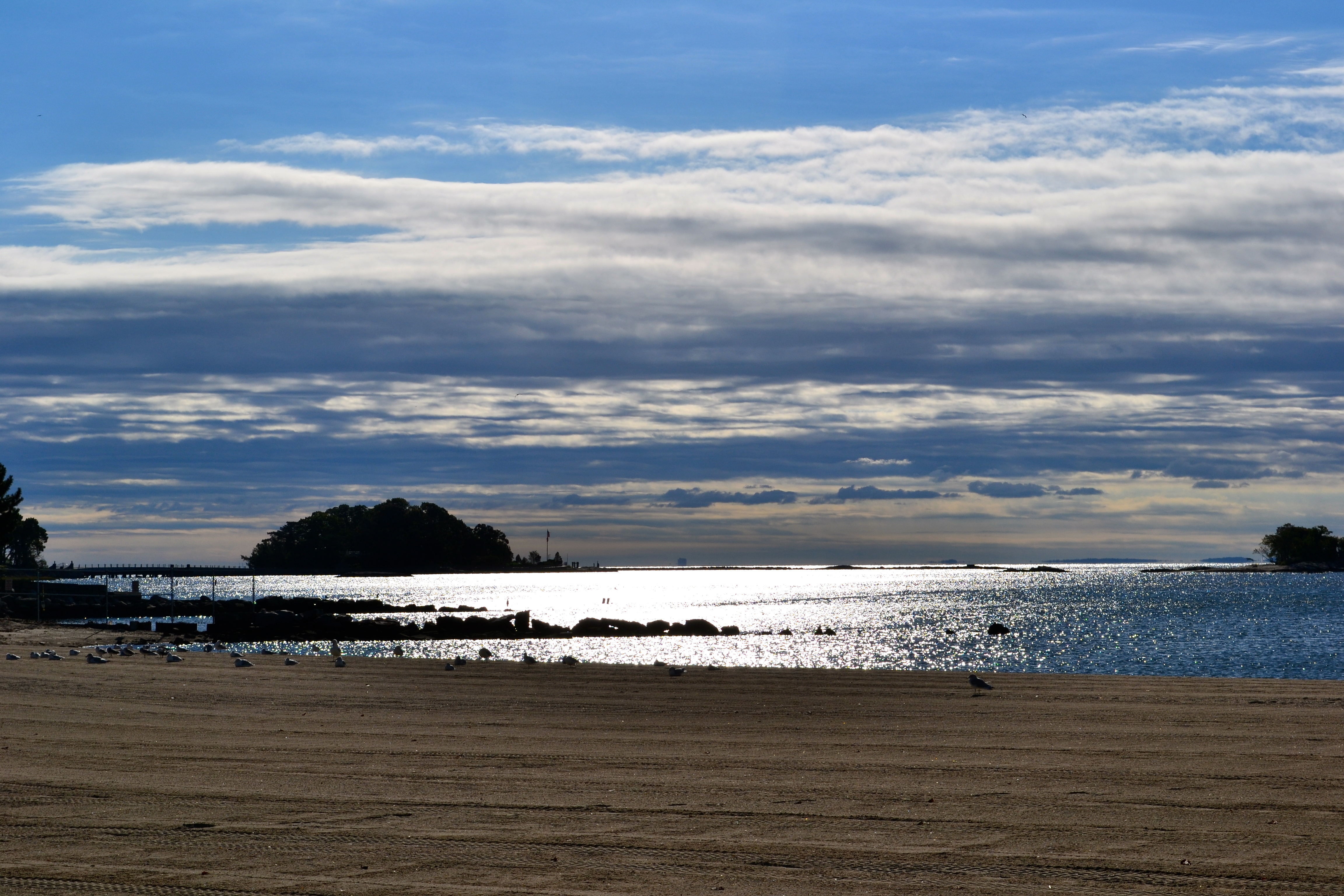Every time we give a presentation about hypoxia and the Long Island Sound cleanup, we are asked some variation of the same question:
How long will it take before water quality improves?

Considering that we (the federal government, the states of New York and Connecticut, colleges and universities, advocacy groups, etc.) have been working on the problem since 1985, have spent several billion dollars to reduce the amount of nitrogen that gets into the Sound through sewage treatment plants, are 80 percent of the way toward the nitrogen reduction goal, and that the deadline to reach the goal is arriving soon, it’s an excellent question.
The simple answer is that even after all that, it won’t be quick.
But we found a more comprehensive (and complicated) answer posted recently on the Long Island Sound Study’s website, in a question and answer column written by Jason Krumholz, Ph.D, the National Oceanic and Atmospheric Administration’s liaison to EPA’s Long Island Sound office.
In a nutshell, Dr. Krumholz wrote that there are so many variables that affect the severity of hypoxia year to year, and so many sources of nitrogen besides sewage plants, that there is bound to be a lag between reaching the nitrogen reduction goal and seeing water quality improvements. Here are two key paragraphs from his explanation:
“… many studies from European estuaries (which are way ahead of us on this front) have shown that the ecosystem has a five-to ten-year-lag between when the loadings were reduced and when the primary productivity dropped. One hypothesis for this is that the sediments have so much nitrogen stored up in them that after the reduction, they release nitrogen back into the water for several years, which masks the impact of the reduction.
“In summary, even if the reductions to this point were working perfectly, the year to year variability makes it unlikely that we would be able to detect an immediate reduction in hypoxia associated with a sewage loading reduction of this magnitude if it were occurring (which it may be). And even if it isn’t occurring yet, it doesn’t mean that these management efforts have failed, because it’s very possible (even likely) that we’ll experience a similar lag in response time of several years. So patience is the watchword here.”
You can find the entire answer here.
Posted by Tom Andersen, Posted by Tom Andersen, NY program and communications coordinator for Save the Sound. Tom is also the author of This Fine Piece of Water: An Environmental History of Long Island Sound.

2 thoughts on “How Soon Will We See Improvement in the Water Quality of Long Island Sound?”
Comments are closed.